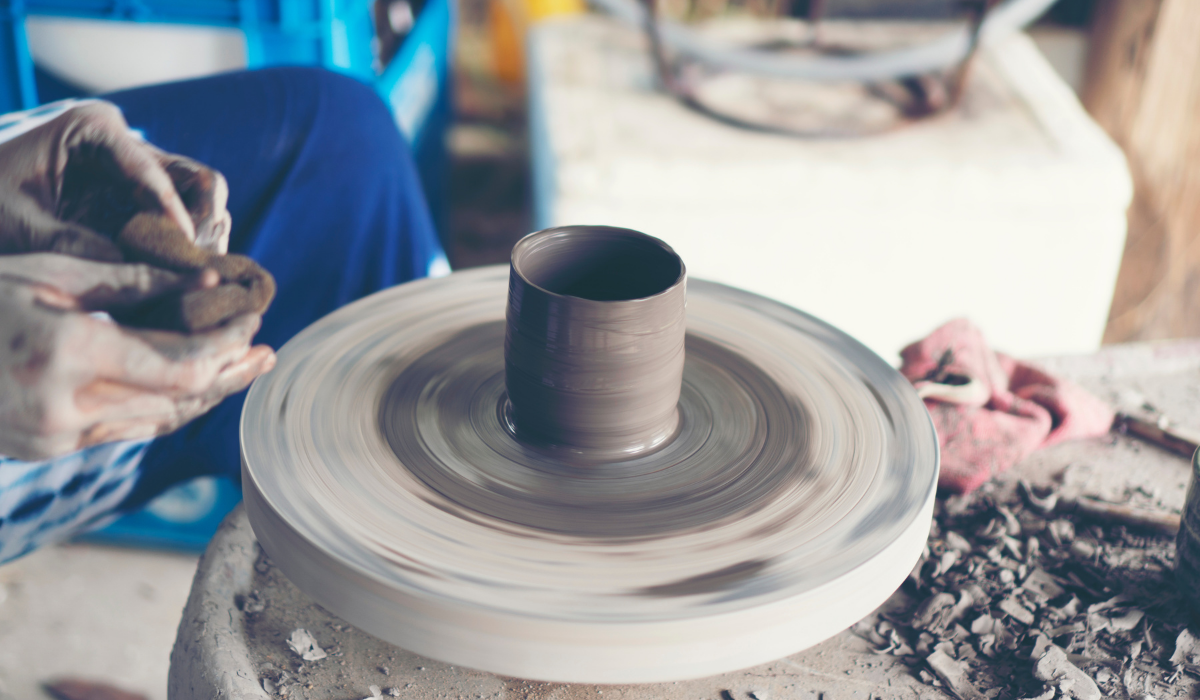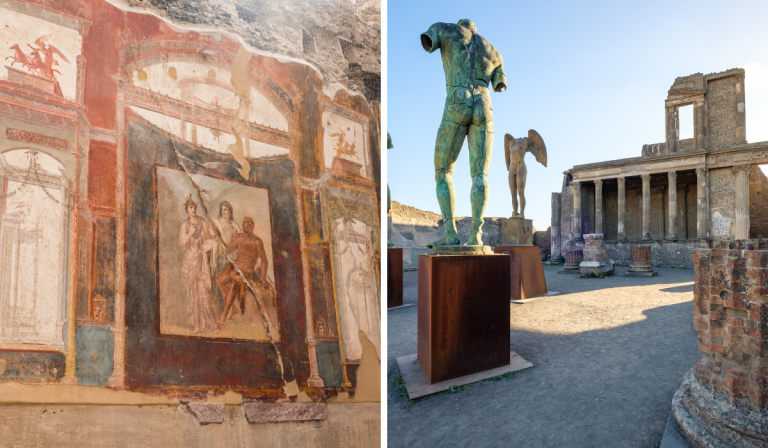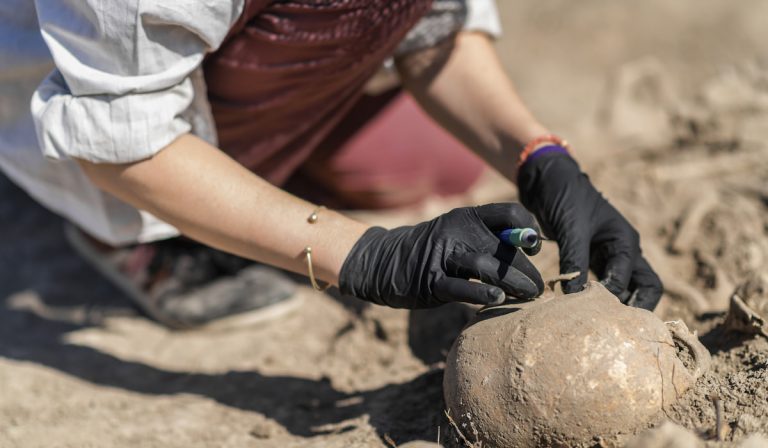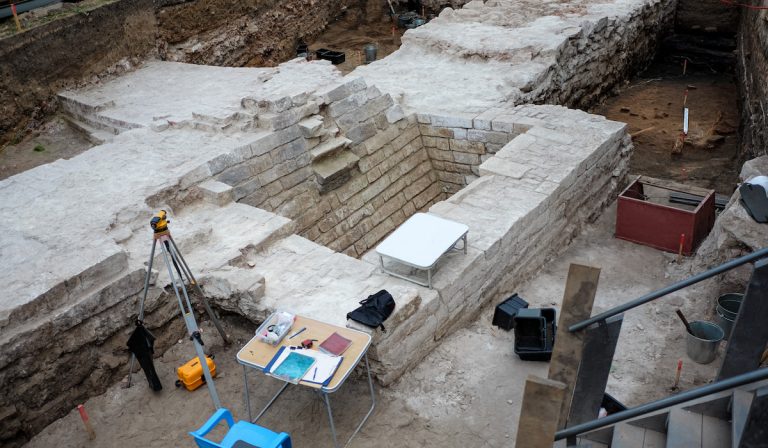Where Did the Potter’s Wheel First Develop?
The development of the potter’s wheel was probably due to the increased demand for pots of various types and sizes. Its invention resulted in a new process of pottery making. It also ensured potters could meet the demand for pottery faster than before.
Where did the potter’s wheel first develop?
According to most modern archeologists, the potter’s wheel was first developed in Mesopotamia by the Sumerians, somewhere around 4000 BC. Of course, their invention revolutionized what people did with clay.
For sure, you have more questions about the origin of the potter’s wheel. So, to satisfy your curiosity, we answer some questions about where the potter’s wheel first developed below.

Where Did the Potter’s Wheel First Develop?
As we already mentioned, most modern archeologists credit Mesopotamia as the place of origin of the first potter’s wheel with the ancient Sumerians as the inventors.
After inventing the potter’s wheel, ancient Sumerians no longer shaped clay using just their hands. The entire pottery process sped up. While the first potter’s wheel developed used slow wheels, they were eventually upgraded with fast wheels.
The invention of the potter’s wheel encouraged the production of large quantities of pots. It also made large administrative systems more efficient. Storing agricultural products like dates, milk, barley, and beer with pottery became more trouble-free.
Some potters began to specialize in mass-producing pottery, leading to the emergence of specialized districts. However, despite the invention of the potter’s wheel, not everyone used the wheel to make pottery.
Even with the findings of a stone pottery wheel in Mesopotamia, not everyone agrees Sumerians invented the first potter’s wheel.
Some believe Europe or China to be the origin of the potter’s wheel. Perhaps this notion comes from the fact that the potter’s wheel was popular in cities of South Asia like Mohenjo-Daro and Harappa around 3500 BC. Some also believe ancient Greece developed the potter’s wheel.
Some say Egypt was the actual birthplace of the potter’s wheel, but it wasn’t. Egypt was where they lengthened the turntable shaft and added the flywheel. These adjustments took place around 3000 BC.
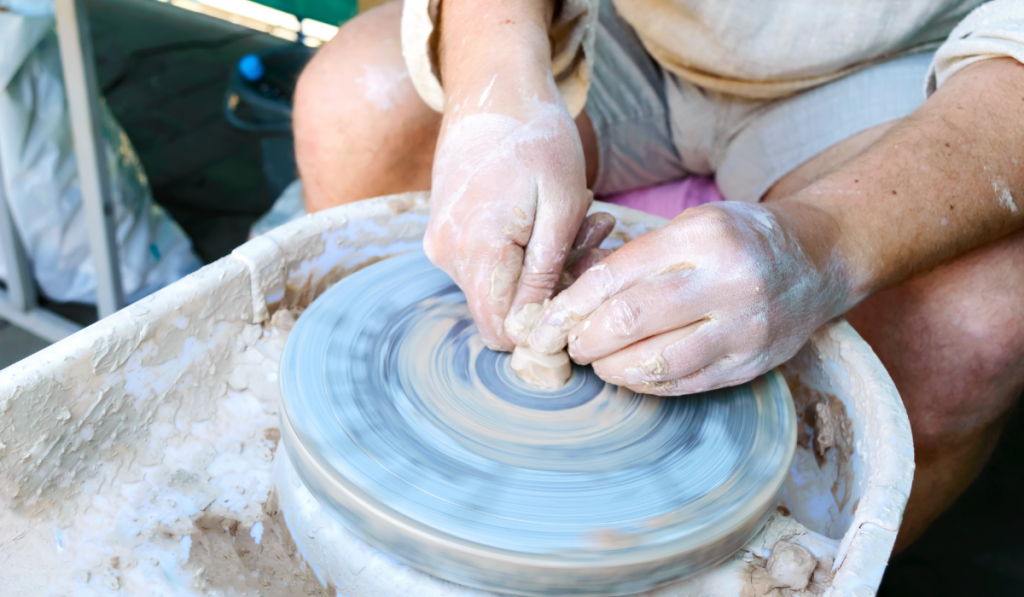
Who Were the First Cultures to Use the Potter’s Wheel?
Archeologists say the Sumerians were the first to use the potter’s wheel. But some say civilizations like the Indus Valley Civilization, the Egyptians, the Greeks, and the Chinese used it earlier.
Archeologists discovered evidence of the presence of pottery wheels in Egyptian paintings. In fact, pottery in Egypt was a skilled craft in the Bronze Age, and society revered potters.
Another skillful set of potters was the Chinese. The double-gourd vases they made from the 16th century onward were some of their finest works.
Although the Sumerians invented the potter’s wheel, it became common everywhere. Unsurprisingly, it had a positive impact on many Old-World civilizations. Everyone began to use potter’s wheel because producing pots and other vessels became faster. The speed allowed them to meet the increasing demands for these items.
Around 1000 BC, the potter’s wheel became popular across Europe. Almost every society started using the wheels due to the mass production benefits.
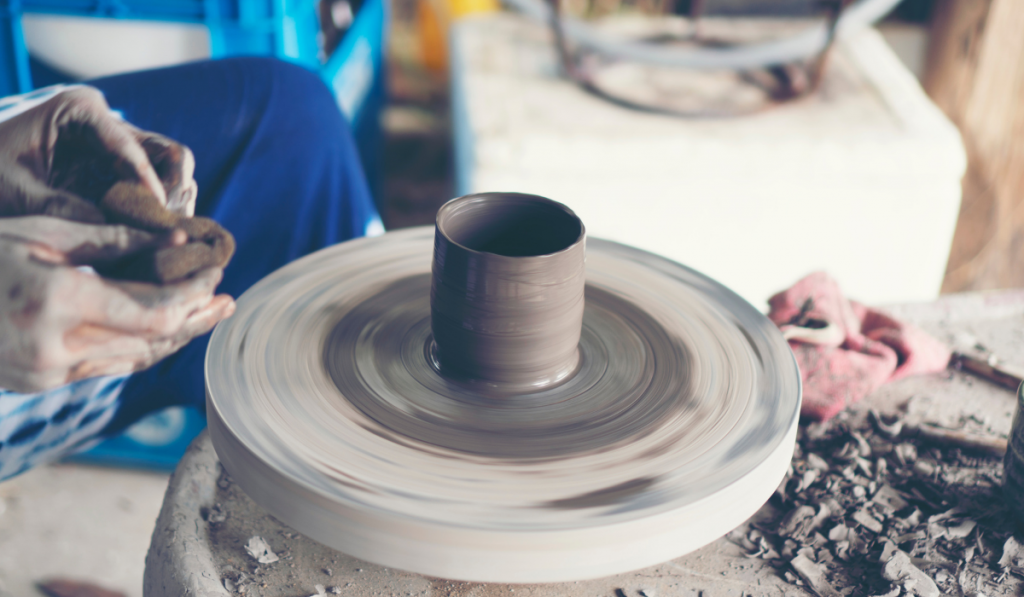
How Was Pottery First Discovered?
Before the invention of traditional pottery wheels, people used hand-woven baskets to carry water. Of course, water retention in baskets is low. So, the people must have yearned for something that can hold more water.
Luckily for them, things changed when they noticed a phenomenon at their water sources (rivers). They realized that the clay in the river took a baked shape – as if it held water. So, from then on, they started making pots from clay.
What Did the Invention of the Pottery Wheel Mean?
With the invention of the potter’s wheel came job specialization and division of labor. The Sumerians kept searching for ways to improve and speed up the production of pots. To do this, they examined the entire process, including firing, shaping, and decorating, and adjusted as necessary.
Due to the invention of the potter’s wheel, trade across the region exploded, leading to the development of modern civilization. There was a gradual improvement in the techniques of the potter’s wheel as the number of people using it increased.
How Did They Make Pottery Without the Wheel?
Before the invention of the traditional potter’s wheel, potters produced pots with several methods, including shaping, pinching, paddling, and coiling.
Handmade pottery had a more rustic look when compared to pottery made with the potter’s wheel. Some believe handmade pottery shows more personality. But if you want to sell pottery, it is better to do it on the wheel. The wheel is faster, and it makes your work look better.
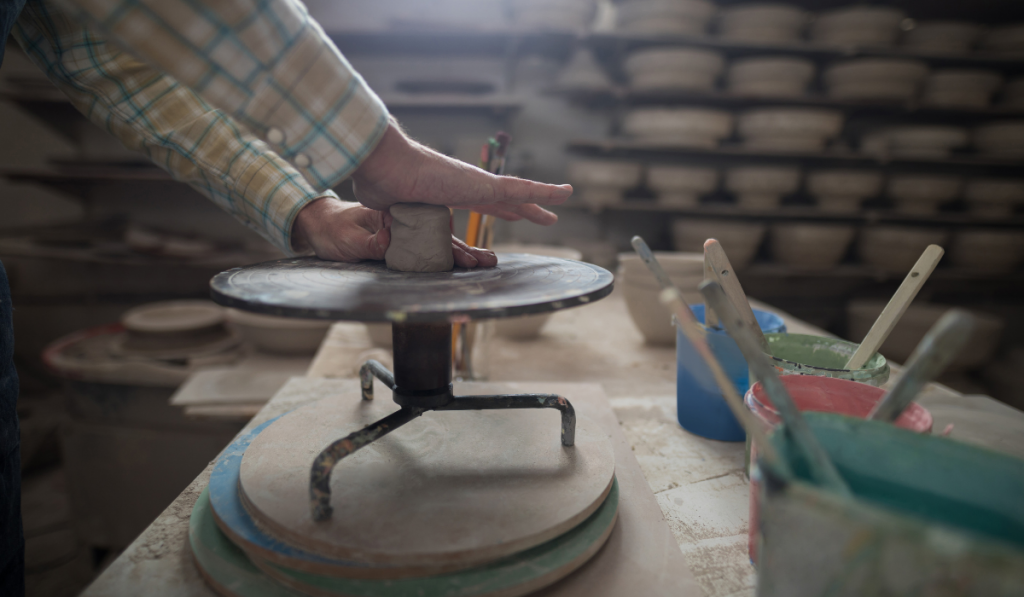
Did Pottery Wheels Lead to the Invention of the Wheel?
Not every archeologist believes the wheel came from the mechanical component of chariots. Several pieces of evidence suggest that the idea for the wheel came from the potter’s wheel.
So, not only did the invention of the potter’s wheel lead to the mass production of pots, but it may also have prompted the use of wheels in things like chariots. The invention of the potter’s wheel also inspired the development of many unique technologies later.
What Was the Difference Between the 16th-Century Potter’s Wheel and the 19th-Century Wheel?
The primary difference between the 16th-century wheel and the 19th-century wheel is the materials used to make them.
The materials used to make the 19th-century potter’s wheel were steel rods, iron, and greased metal bearings. Conversely, the materials used to make 16th-century potter’s wheel were greased leather and wood. However, they also had a metal point with a glass socket at the bottom of the wheel.

Differences Between the Potter’s Wheel in the West and in the East
The difference between the potter’s wheel made in China and Japan and that of the West was the absence of raised seats. In the West, people sat down to do pottery, but in China and Japan, things weren’t quite the same.
The potter’s wheel in the East turned clockwise while the wheel in the West turned counterclockwise. The people in the East used their left hand to make pottery, while those in the West used their right hands.
Final Take
Most historical evidence suggests the birthplace of the potter’s wheel was Mesopotamia. The potter’s wheel started as a simple cartwheel. Then with time, it evolved into what we have today. The introduction of the potter’s wheel was crucial to the modernization of culture and society.
Resources:
- https://potterycrafters.com/traditional-pottery-wheel-history/
- https://www.seniorcare2share.com/where-did-the-potters-wheel-first-develop/
- https://craftshero.com/pottery-wheel-history/
- https://potterycrafters.com/who-invented-the-pottery-wheel/
- https://thepotterywheel.com/potters-wheel-history/
- https://deneenpottery.com/pottery/

